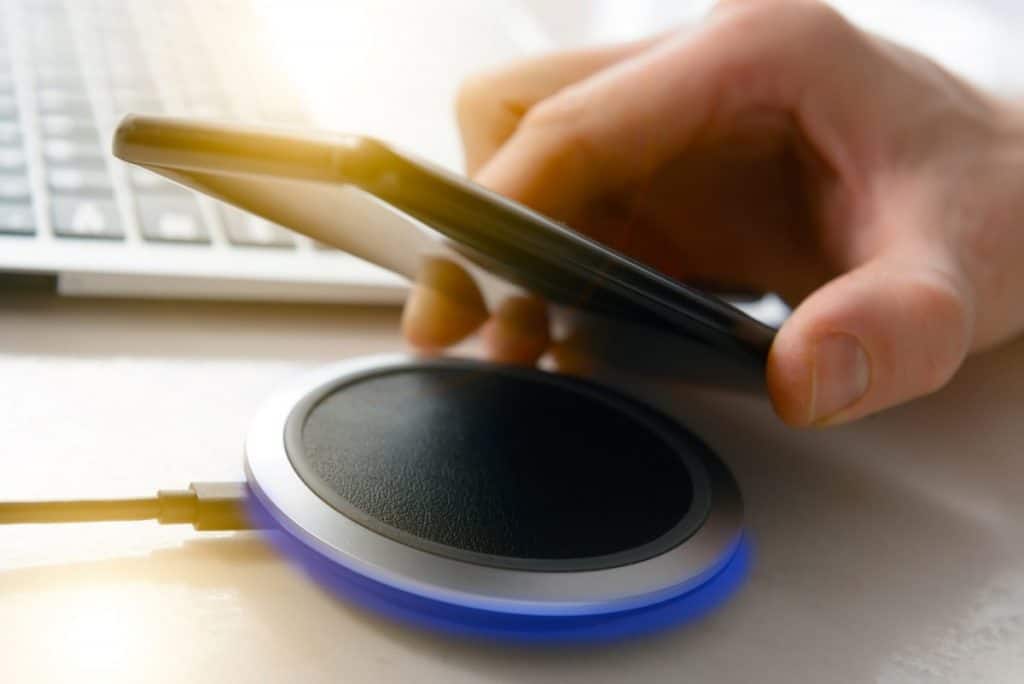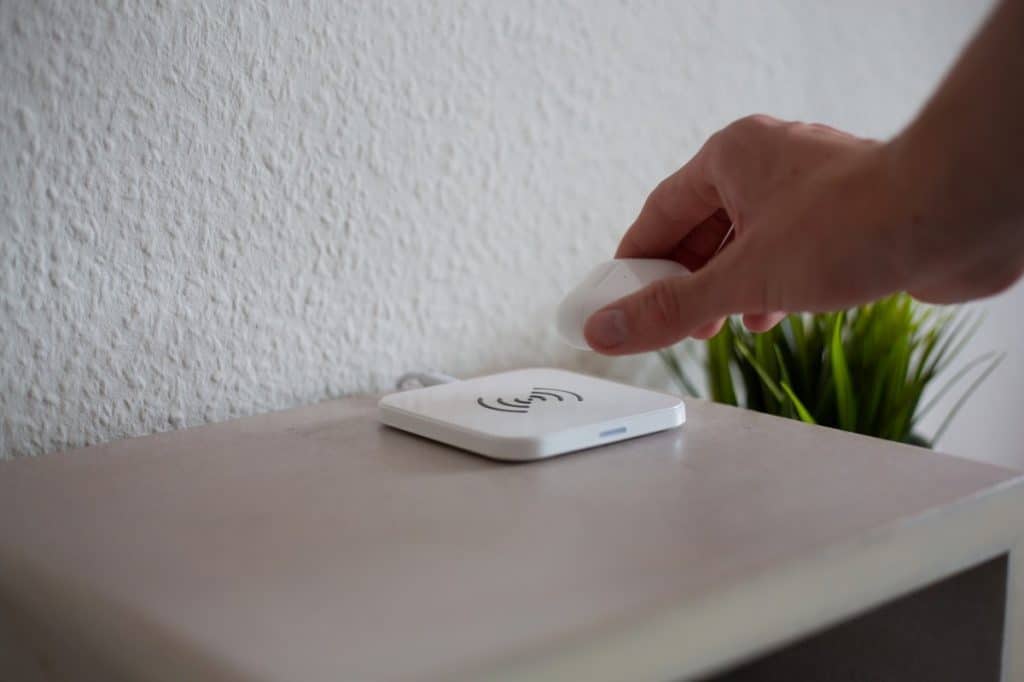Wireless charging is an appealing option since it lets us charge our phones and other devices without cable. You may have started to notice wireless charging stations in your local cafes and other public places. Do these wireless charging stations really work, or are they just a new gimmick?
Wireless charging may feel novel, but it is certainly no gimmick. This new technology can charge devices wirelessly through a configuration of coils. However, there are still issues yet to be solved, including problems with compatibility, convenience, and accessing authentic charging pads.
In the rest of this article, we will see how wireless charging works and how you can use it with your devices. We will also see some of the issues this new technology faces and common reasons why it might not work when you try to charge your device wirelessly.

How Wireless Charging Works
The way wireless charging works is to provide power from an electrical source to your gadget without using a cable.
The electricity is sent to a charging pad that you are able to put your phone or other devices on top of or, ideally, nearby and within range. Your device’s proximity to the plate allows it to absorb the power and recharge its battery.
This particular kind of wireless charging is known as inductive charging and is commonly used for phones and other electronic gadgets, as well as for electric cars. For inductive charging, there are a few essential components that make up the charging station.
Let’s take a look at what is inside your charging pad.
AC from the wall is sent to an electronic oscillator electrical circuit and then sent through a tightly wound copper transmission coil. When the current reaches this coil, it creates a magnetic flux.
Above the transmission coil is a receiving coil, which captures the current being sent out by the transmission coil.
The AC from the receiving coil then goes through a power rectifier to be made into usable DC power. Your phone or other device is able to use this power current to charge the battery without a cable.
For a more detailed explanation about how wireless charging works, you can check out this informational Youtube video:
Issues With Wireless Charging
Now that we understand the science behind wireless chargers, we know that theoretically, these charging pads work. However, as this technology makes its way into the real world, there are several issues that may cause you to think this new craze is just a gimmick.
Let’s take a look at some of the common complaints with wireless charging.
Device Recognition and Compatibility
One issue you may face when using a wireless charger is the charging pad’s ability to recognize your specific device and be able to supply it with the charge that it requires.
Since different devices are constructed differently, the charging pads need a way to recognize what device they need to charge and how to do so.
In order for a single charging pad to work for different phones and devices, they need a variety of coils inside, which are equipped to meet the changing needs of different devices. However, since these are still developing technology, not all charging pads are equipped with the configuration of coils you need for all of your devices.
If you come across a charging pad that isn’t suited for your particular device, it can certainly seem like a gimmick if the pad doesn’t charge your device at all. It is not to say all wireless charging is a gimmick, but you may simply be experiencing a compatibility issue.

A Question of Convenience
There is certainly a novelty factor in placing your phone on a charging pad to get it to charge.
However, is it really more convenient? Your phone is still stuck in one location while it recharges its battery. It may be convenient to leave your charger at home, but wireless charging can be just as stationary as regular charging would be.
In fact, it could be considered even less convenient since you can’t pick up your phone and use it while it’s charging. This is something you can do with traditional charging if you’re sitting near an outlet and your charging cord is long enough.
The good news is that this is slowly changing.
Manufacturers understand this desire from the consumer and are developing charging pads with a wider range. Their goal is to allow you to sit near your charging pad and charge your devices without making physical contact.
The Pi Charger is an example of what the future of wireless charging might look like.
This charging pad is designed for multiple devices to be charged at the same time without making physical contact with the pad. If the compatible devices are within a foot or so, they will be able to connect to the pad and utilize it as a power source.
Fake Wireless Chargers
In a world of lucrative, fast-growing technology, there are plenty of manufacturers that are making knock-off or poorly constructed wireless chargers. If you end up with one of these cheap charging pads, it may seem like a gimmick as it might give you inconsistent results.
The Wireless Power Consortium is working to define standards for any companies looking to manufacture wireless charging pads. These standards work to make products more consistent and help consumers understand what they are purchasing.
Known as the Qi Standards, you can shop exclusively for Qi-Certified products that will give you consistent and satisfactory performance. Using these standards to guide your shopping will help ensure you don’t have an experience with wireless charging that makes it seem like a cheap gimmick.
Final Thoughts
Wireless charging is certainly not a gimmick.
It simply takes time for the technology to catch up to the concept’s potential. As the technology catches up and more ideal products become available to the consumer, it is likely that we will see wireless charging popping up in an increasing number of locations for more and more of our favorite devices.
